Arneis wine, an elegant and aromatic white wine, finds its roots in Italy’s Piedmont region, specifically in the Roero hills. Deriving its name from the Piedmontese dialect word “arneis,” meaning “little rascal,” this white varietal earned its nickname due to the challenges it poses in cultivation and winemaking. Boasting a rich history, Arneis has not only survived the test of time but thrived, earning a well-deserved spot among the world’s most admired white wines.
Historically, Arneis dates back centuries, but it experienced a renaissance in the 1960s and 1970s as winemakers from the Roero area began to rediscover the grape’s potential for producing high-quality, aromatic wine. Today, Arneis wine is primarily produced in the Piedmont region, although it is now grown in other areas such as California and Australia. Distinctive characteristics and the versatile nature of this wine have caught the attention of wine lovers and enthusiasts alike, further fueling its growing popularity.
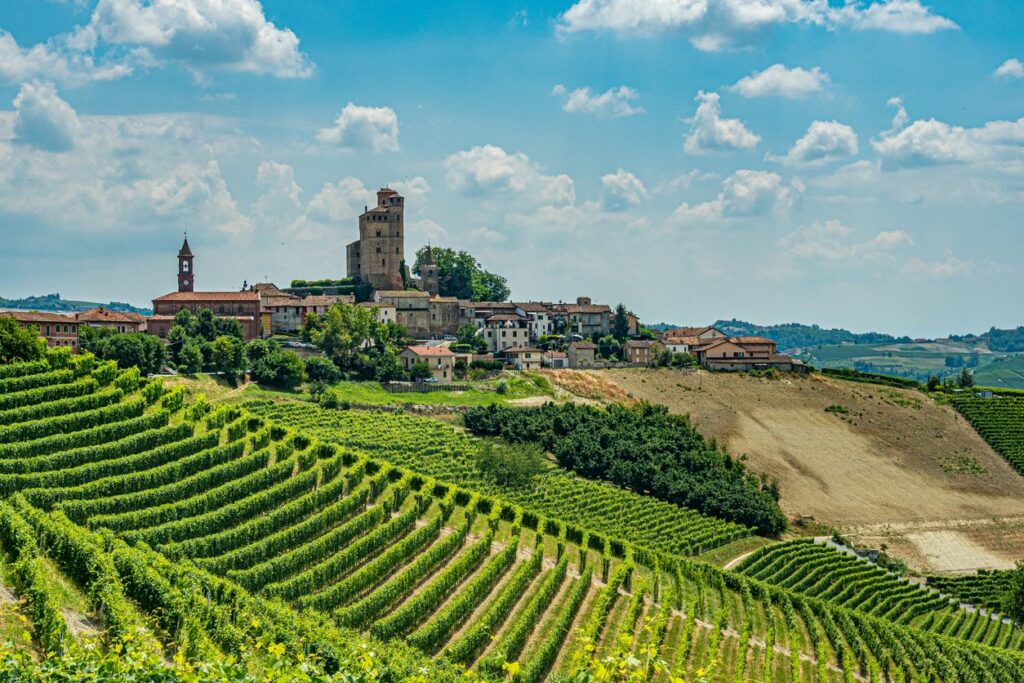
Key Takeaways
- Arneis wine has its origins in Italy’s Piedmont region, particularly in the Roero hills.
- Winemakers in the Roero area have revitalized the grape’s reputation during the past few decades, contributing to its current popularity.
- The versatility and unique characteristics of Arneis wine have broadened its appeal among wine enthusiasts and increased its growth in regions outside Italy.
Origin and History of Arneis Wine
Arneis wine, a white grape variety, has its origins in Italy’s Piedmont region. Known for its delicate and aromatic characteristics, the name Arneis translates to “little rascal” in the local dialect, reflecting the grape’s reputation for being difficult to cultivate.
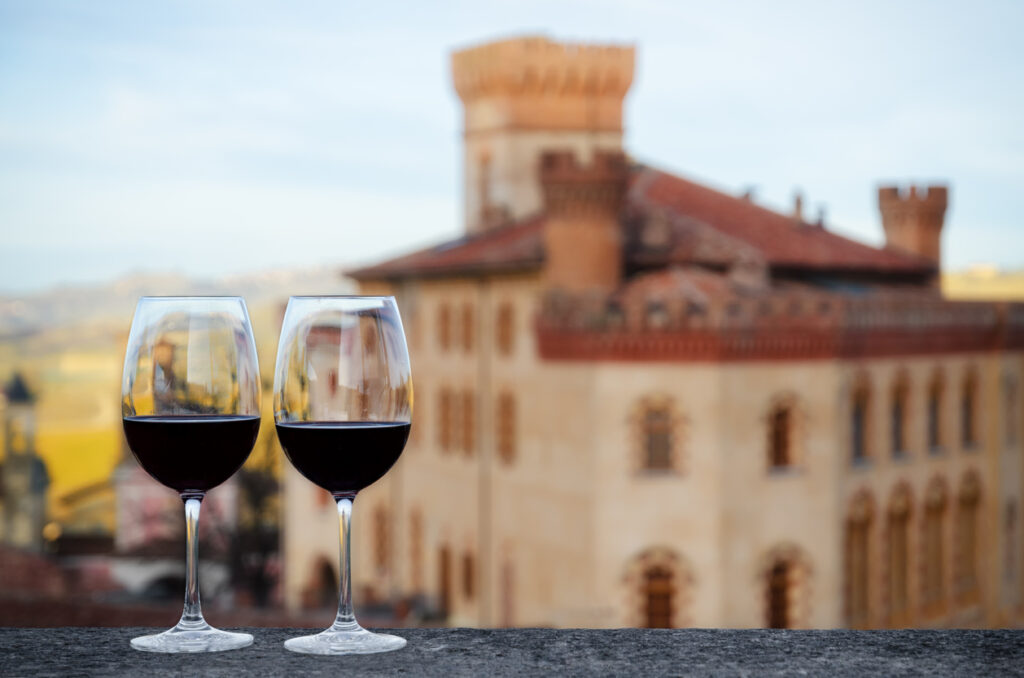
The history of Arneis wine dates back centuries, with records suggesting its cultivation as far back as the 15th century. Despite its long-standing presence, the grape variety nearly faced extinction during the mid-20th century. This was primarily due to a shift in focus towards the more popular red grape varieties like Nebbiolo and Barbera in the Piedmont region.
Thanks to the efforts of visionary winemakers such as Alfredo Currado, Arneis experienced a renaissance in the 1960s and 1970s. Currado recognized the potential of this indigenous grape variety and initiated a resurgence in its cultivation. Nowadays, Arneis wine is regarded as a symbol of the rich viticultural heritage of Piedmont and Italy as a whole.
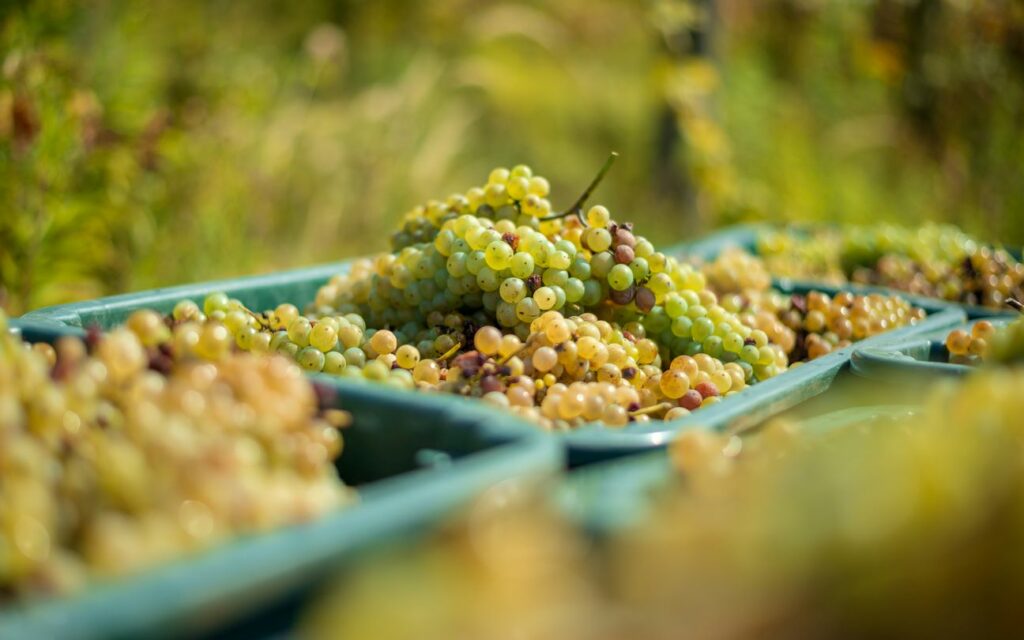
In terms of production, Arneis is predominantly cultivated in the Roero district, located on the left bank of the Tanaro River. Winemakers employ various techniques to tame the “little rascal,” such as carefully selecting vineyard sites with favorable conditions, implementing modern vineyard management practices, and opting for gentler handling during the winemaking process.
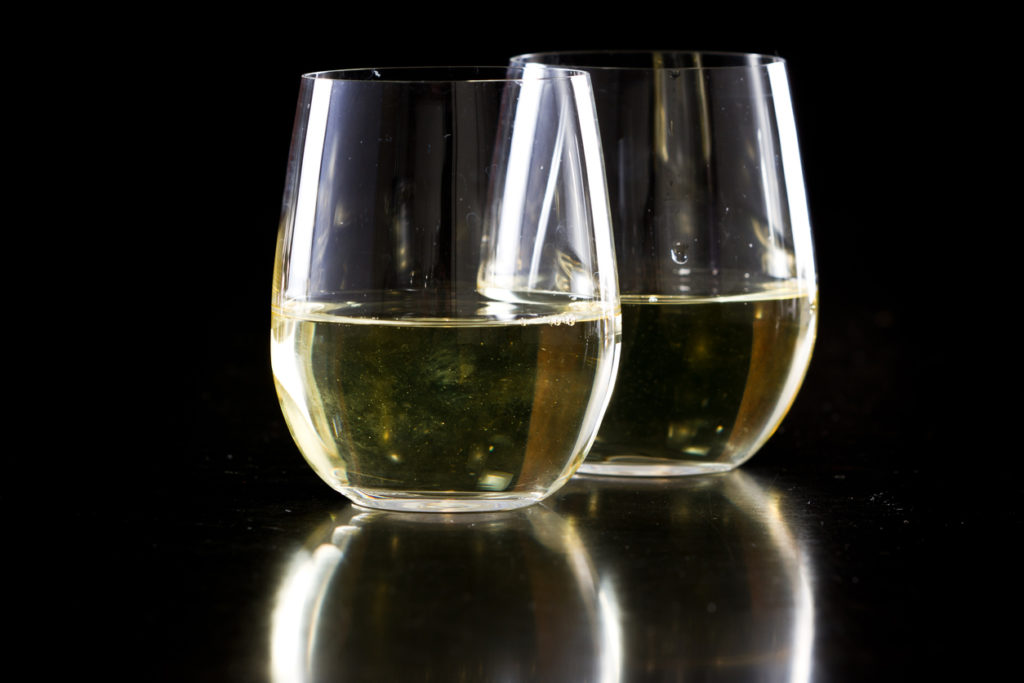
As a result of these efforts, Arneis wine has not only been saved from extinction but also gained world-wide recognition for its distinctive and elegant flavor profile. Today, it enjoys a well-deserved reputation as a high-quality and distinctive Italian white wine, proudly reflecting its deep-rooted history and origin in the Piedmont region.
Viticulture and Winemaking
Arneis is a white grape variety native to the Piedmont region of Italy. This grape is known for producing aromatic and crisp wines with notes of citrus, green apple, and pear. The viticulture and winemaking processes for Arneis wine are essential in preserving these characteristics.
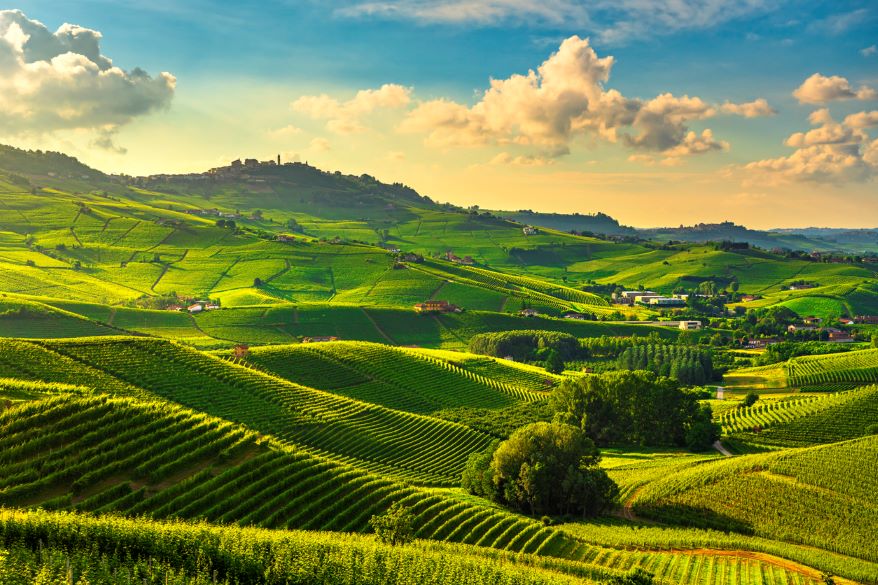
Viticulture is the foundation of Arneis production, involving the careful cultivation, pruning, and harvesting of the grapevines. It is a low-yielding grape, meaning that fewer grapes can be harvested from each vine. This characteristic is primarily due to its susceptibility to diseases like powdery mildew, which can lead to the loss of leaves and fruit. To combat this, growers implement judicious canopy management and choose well-aerated vineyard sites to reduce the risk of infection.
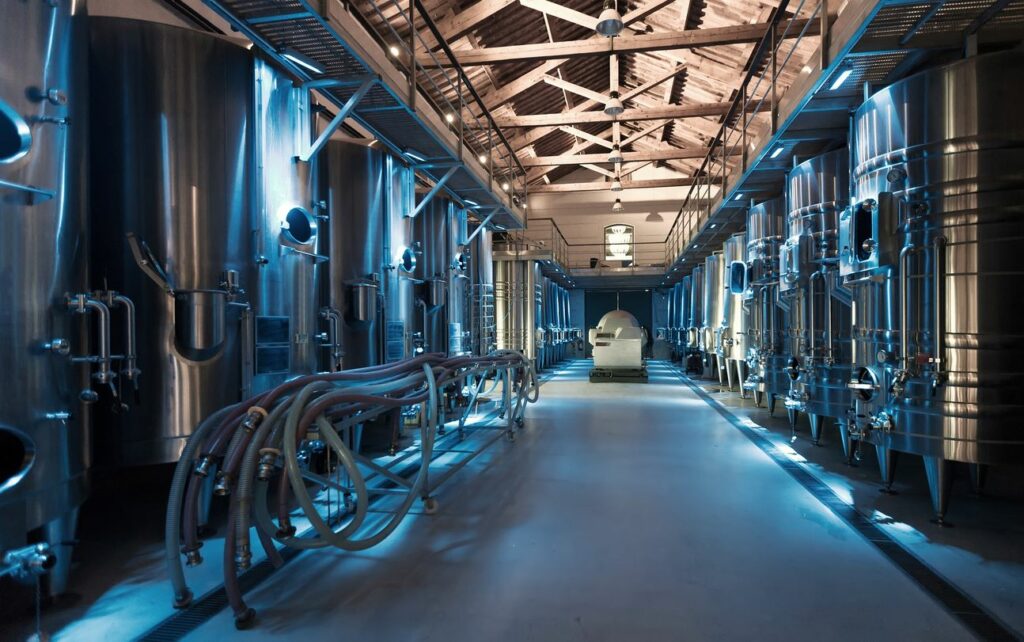
During the winemaking process, several techniques are used to ensure that the distinct qualities of the Arneis grape variety shine through. After harvesting, the grapes are typically pressed gently to extract the juice without releasing bitter compounds found in the grape skins. Fermentation usually takes place in temperature-controlled stainless steel tanks to prevent oxidation and preserve the wine’s bright and fruity characteristics.
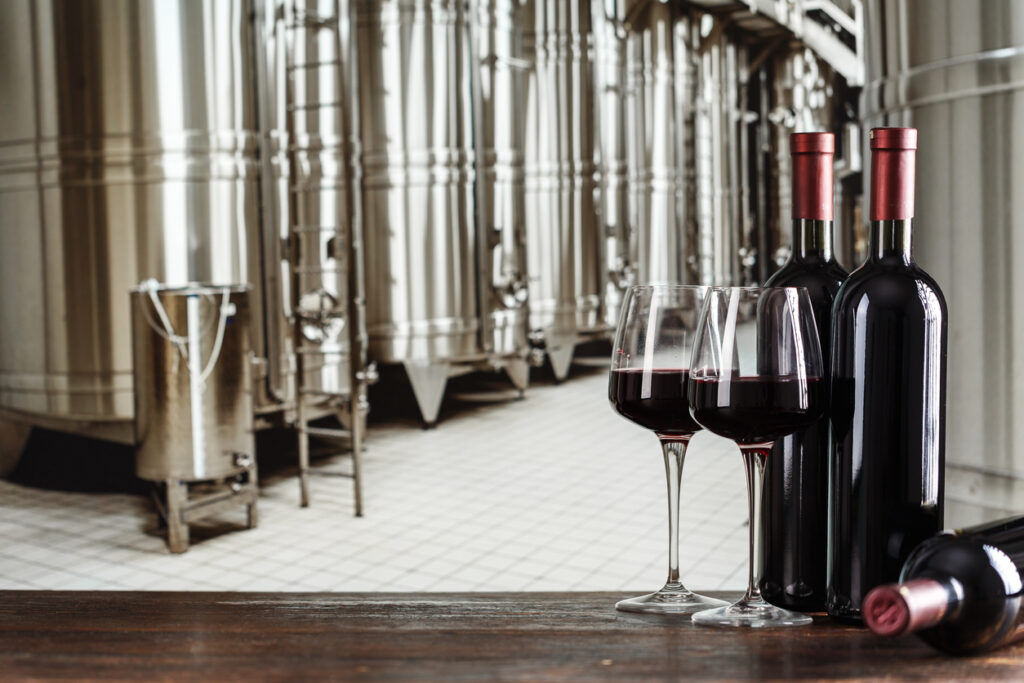
Often, winemakers will employ partial malolactic fermentation, a process that helps soften the wine’s acidity and enrich the texture. However, this technique is used sparingly, as overuse can muddle the desired crispness and aromatic profile of the Arneis wine. Once fermentation is complete, the wine may be aged for a brief period, either in stainless steel tanks or neutral oak barrels, to allow its flavors to integrate.
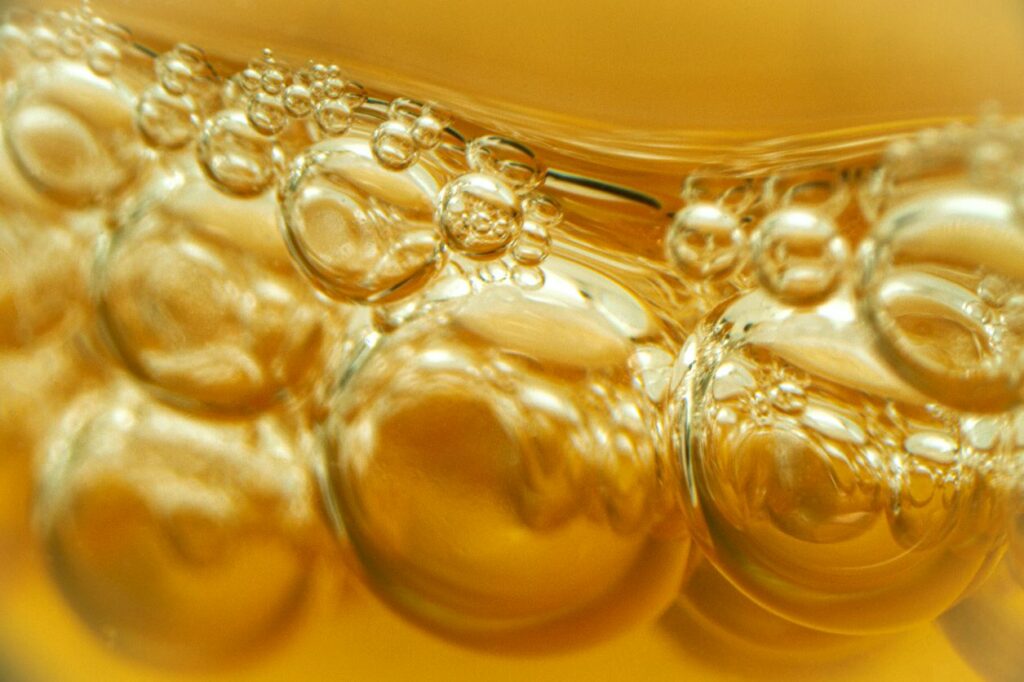
In conclusion, viticulture and winemaking practices play critical roles in determining the quality and expression of Arneis wines. Through thoughtful vineyard management and careful winemaking techniques, producers can craft elegant, aromatic wines that showcase the unique qualities of this grape variety.
Principal Regions of Production
Arneis wine, originally from the Piedmont region in Northwestern Italy, has expanded to various wine-producing regions around the world. In its native land, Roero is the most well-known area for Arneis wine production. Here, the grape thrives in sandy soils, resulting in wines with a distinct minerality and vibrant acidity.
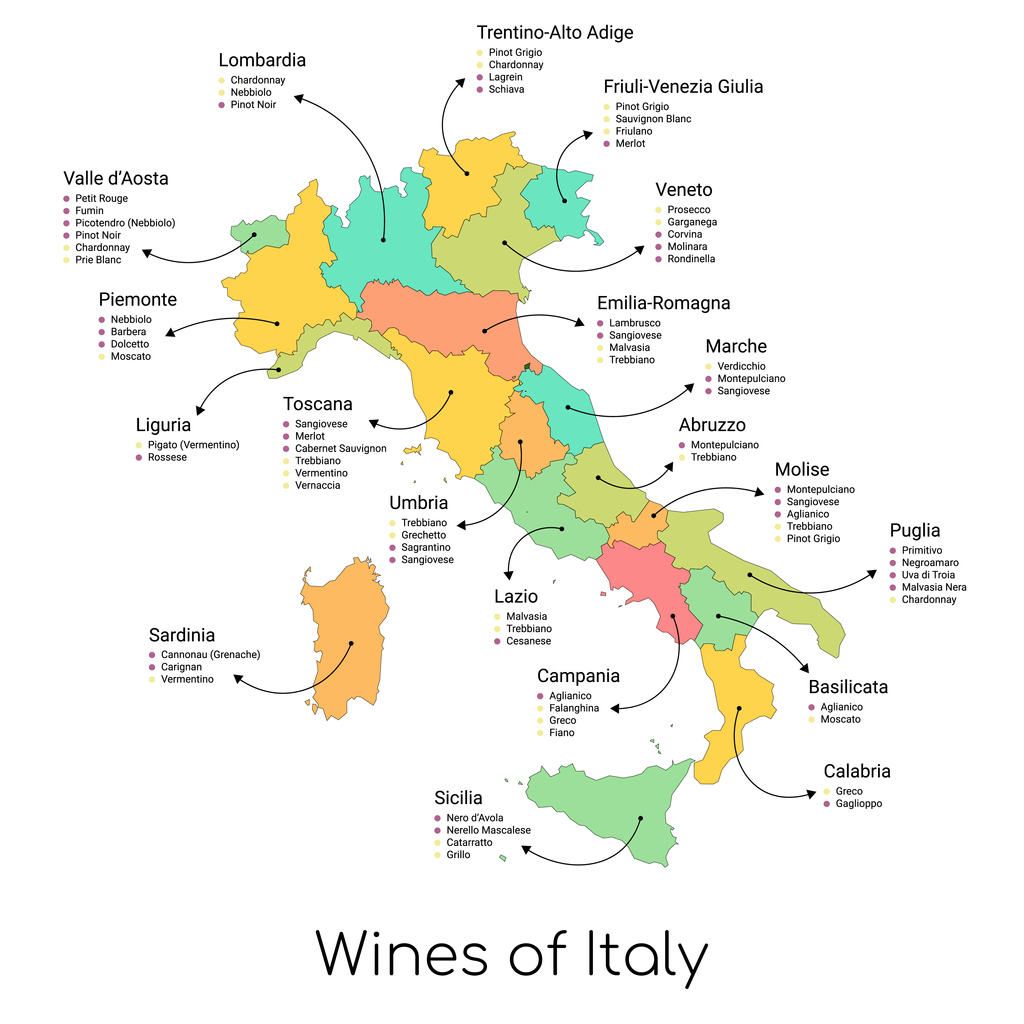
In Italy, other regions such as Liguria and Sardinia have also embraced Arneis wine production. The grape enjoys the warm Mediterranean climates and coastal influences present in these two areas, which contribute to the unique characteristics of their Arneis wines.
Over time, Arneis wine has spread beyond the borders of Italy and established itself in New World wine regions. Australia is one such region where Arneis wine has gained popularity. The grape has successfully adapted to the diverse climates of Australia, with Victoria, New South Wales, and Tasmania leading the production. Within Victoria, notable areas producing Arneis wine include the Yarra Valley, King Valley, Mornington Peninsula, and Adelaide Hills. New South Wales features the Southern Highlands as a key region for Arneis cultivation.
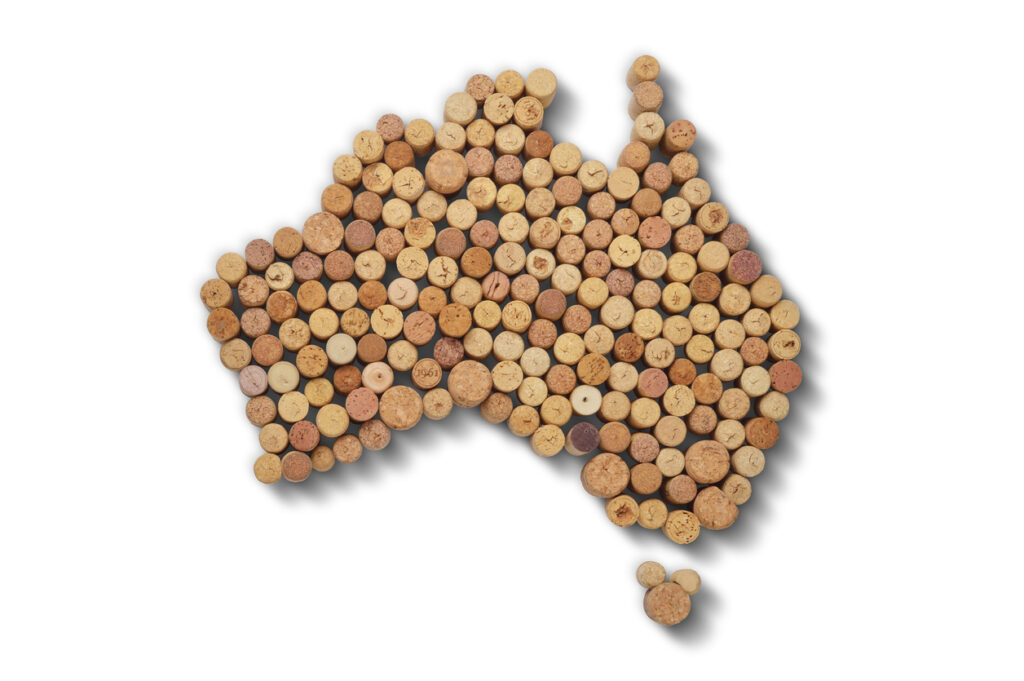
In the United States, California, Oregon, and Mendocino have all welcomed Arneis wine production. Sonoma County and Willamette Valley are particularly well-suited to growing Arneis grapes, thanks to their cool climates and rolling hills that mimic the Piedmont region. These areas produce Arneis wines with bright fruit flavors and a pleasing, balanced acidity.

Lastly, New Zealand has emerged as yet another New World location for quality Arneis wine. With its cool climate and diverse geography, New Zealand offers ideal conditions for the grape to flourish. As Arneis wine continues to gain recognition and appreciation globally, these principal regions of production retain a confident, knowledgeable, and neutral role in crafting this unique, versatile wine.
Notable Producers of Arneis Wine
Arneis Wine, known for its crisp acidity and elegant fruity flavors, has a variety of notable producers in the Piedmont region of Italy. Two such esteemed producers are Vietti and Bruno Giacosa.

Vietti is a family-run winery with a long history of producing high-quality Arneis wines. Established in the early 20th century, Vietti is recognized for its dedication to traditional winemaking techniques and a strong focus on expressing the unique terroir of Roero, where Arneis grapes thrive. Their Arneis wine stands out for its refined balance of fruitiness and minerality, making it an excellent choice for discerning wine connoisseurs.

Another celebrated producer of Arneis wine is Bruno Giacosa. This renowned winery prides itself on its dedication to crafting world-class wines with meticulous attention to detail and uncompromising standards. Bruno Giacosa’s Arneis is applauded for its depth of flavor and complexity, as well as its ability to age gracefully over time. This wine offers a delightful mix of pear, peach, and floral notes, with a subtle hint of almonds on the finish.
Arneis Wine in Piedmont
In addition to these two iconic producers, the Piedmont region is home to numerous other wineries that excel in crafting Arneis wine. Some of these distinguished producers include:
- Ceretto: Combining modern innovation with traditional methods, Ceretto consistently produces high-quality Arneis wines with vibrant fruit flavors and a refreshing acidity.
- Cascina Chicco: Known for its dedication to sustainability and organic farming, Cascina Chicco’s Arneis wine offers a unique expression of the Roero terroir, characterized by mineral nuances and a bright, crisp finish.
- Matteo Correggia: A relatively young winery, Matteo Correggia showcases the potential of the Arneis grape with its intensely aromatic wines that feature delicate floral and citrus undertones.
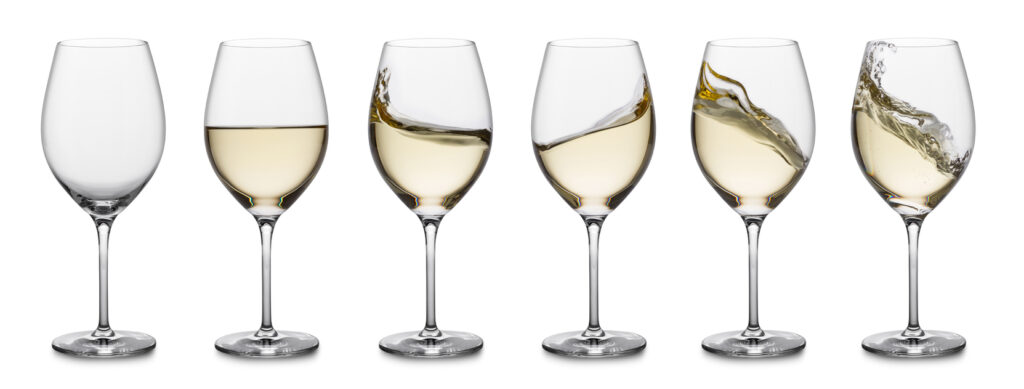
In summary, the Piedmont region boasts several notable producers of Arneis wine, each offering their unique interpretation of this distinct white varietal. Vietti and Bruno Giacosa stand out as eminent wineries, but the region also boasts an impressive array of producers that contribute to the reputation and allure of Arneis wine. Whether seeking a classic, elegant option or exploring new expressions of this captivating grape, there are plenty of exceptional Arneis wines to enjoy from Piedmont’s esteemed winemakers.
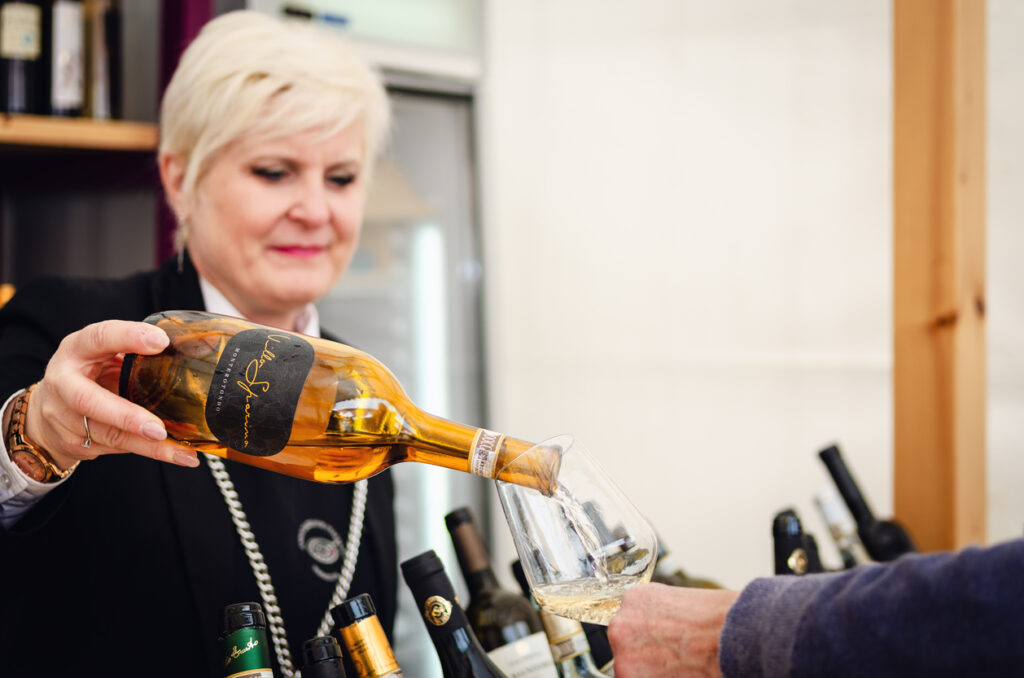
Characteristics and Style of Arneis Wine
Arneis wine is a white wine known for its crisp acidity and delicate fragrance. Originating from the Piedmont region in Italy, it is also referred to as White Barolo or Nebbiolo Bianco. The varietal is typically characterized by a light to medium body, which makes it incredibly versatile and enjoyable.
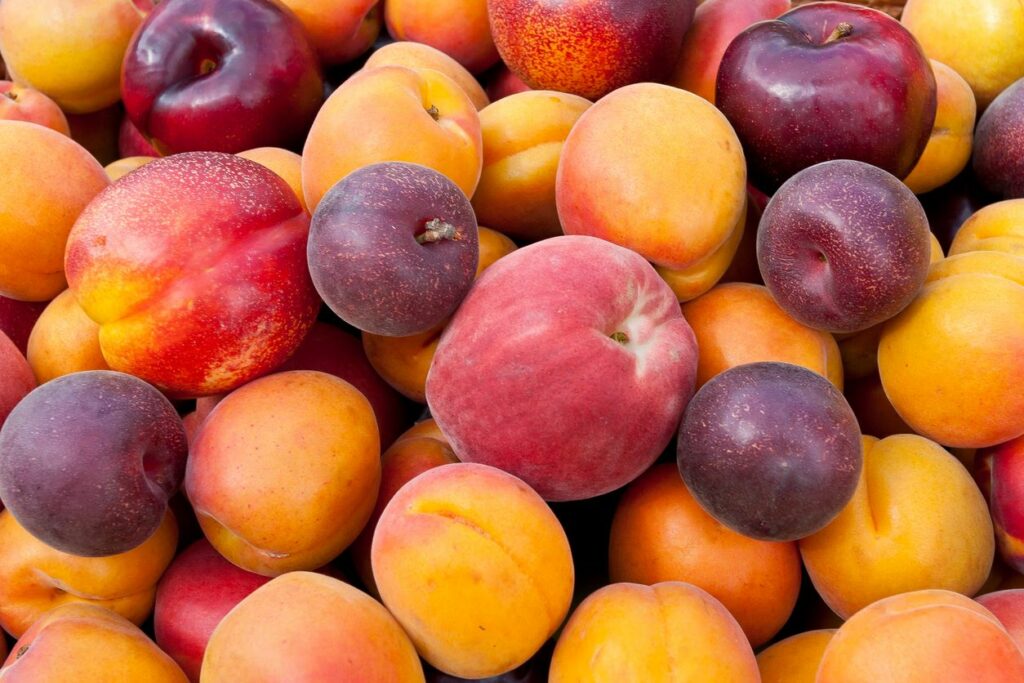
The aroma of Arneis wine presents a delightful blend of fruity and floral notes. Dominant scents include pear, apple, peach, apricot, and citrus fruits like lemon and tangerine. There are also subtle hints of lime, honeysuckle, and green apple, which contribute to the wine’s pleasing complexity. The floral aromas add elegance and charm to its profile.
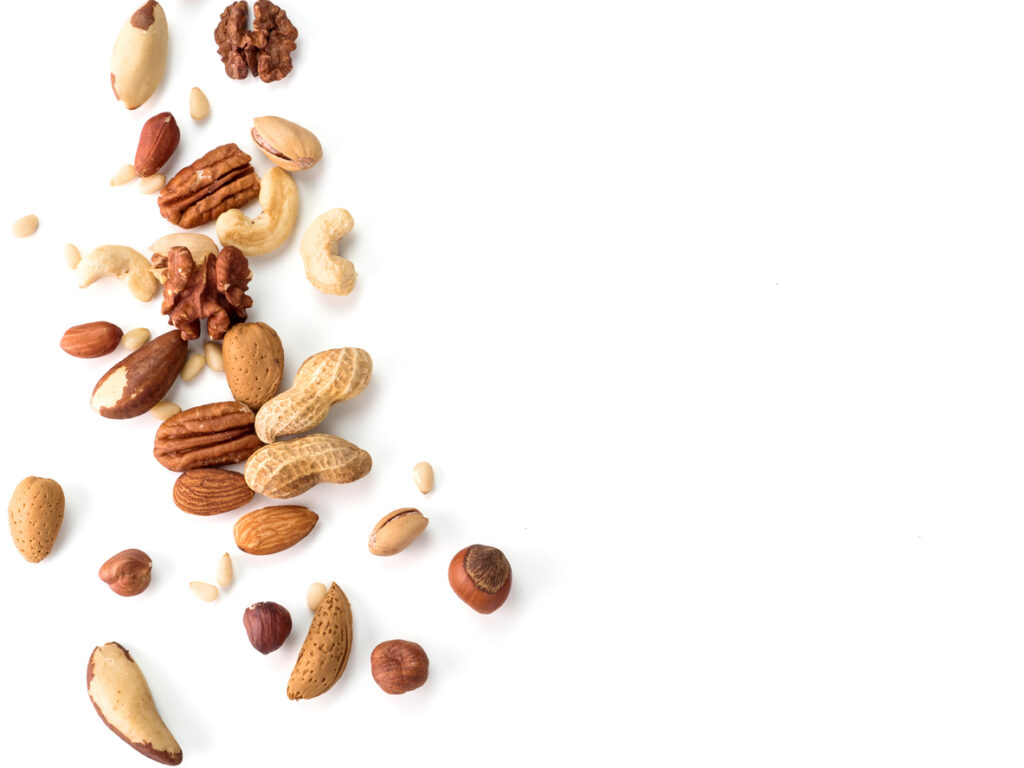
On the palate, the flavors of Arneis wine complement its aromatic bouquet. They show prominent notes of stone fruit, green apple, lemon, and almond. As the wine finishes, it leaves a lingering taste of hazelnut, raw almond, and a touch of oak. This combination of flavors creates a distinct and memorable experience for the wine enthusiast.
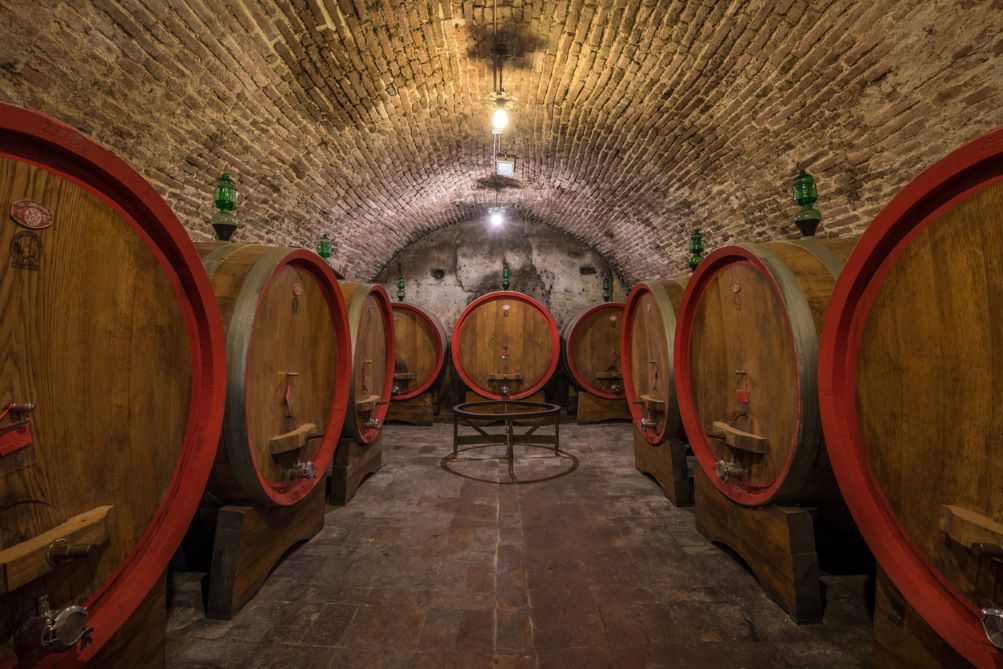
Arneis wine is typically dry or bone-dry, showcasing its bright acidity and refreshing taste. This attribute balances the fruity and floral components, resulting in a harmonious and well-structured wine. Although Arneis wine does not possess the robust tannins found in some other white wines, its gentle structure and flavors make it an ideal choice for many occasions.

In terms of color, Arneis wine exhibits a beautiful pale green hue that hints at its crisp, refreshing nature. This inviting appearance, coupled with its delightful aroma and flavor profile, make Arneis a highly sought-after white wine option.
Synonyms and Varieties of Arneis
Arneis is a white grape variety native to Italy, specifically in the Piedmont region. It is often referred to by several synonyms, including Bianchetta, Barolo Bianco, and Bianchetto. This grape is most commonly used for the production of Roero Arneis, a popular white wine in Italy.

One of the unique characteristics of Arneis is its ability to adapt and develop distinct flavors influenced by the types of soils and climates it is grown in. This has resulted in several notable varieties of the grape. Some examples include:
- Nebbiolo: Although mostly recognized for its red grape varietal, Nebbiolo is occasionally blended with Arneis to create a complex and structured white wine.
- Barbera: This red grape variety is sometimes combined with Arneis to produce a wine that showcases the fruity and floral expressions of both grapes.
- Chardonnay: Blending Arneis with Chardonnay allows for a wine with a richer mouthfeel. It combines Chardonnay’s creaminess with the crisp acidity of Arneis.
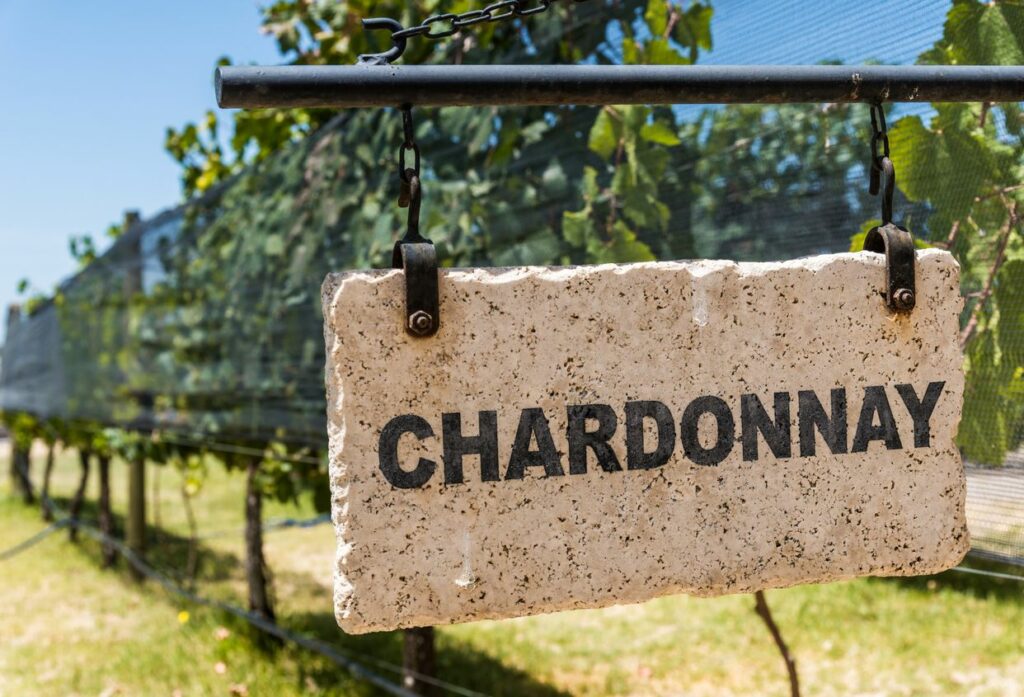
In many cases, these blends result from the traditional Italian practice of co-planting various grape varieties within the same vineyard. This approach facilitates the creation of unique wines showcasing the diverse viticultural landscape of the region.
It is essential to recognize the differences between Arneis and other white grape varieties, such as Verdelho and Viognier. These grape types may share similar characteristics with Arneis, such as their crisp, fruity, and floral notes. They are distinct varieties within the Vitis vinifera species, with unique flavor profiles and winemaking traditions.
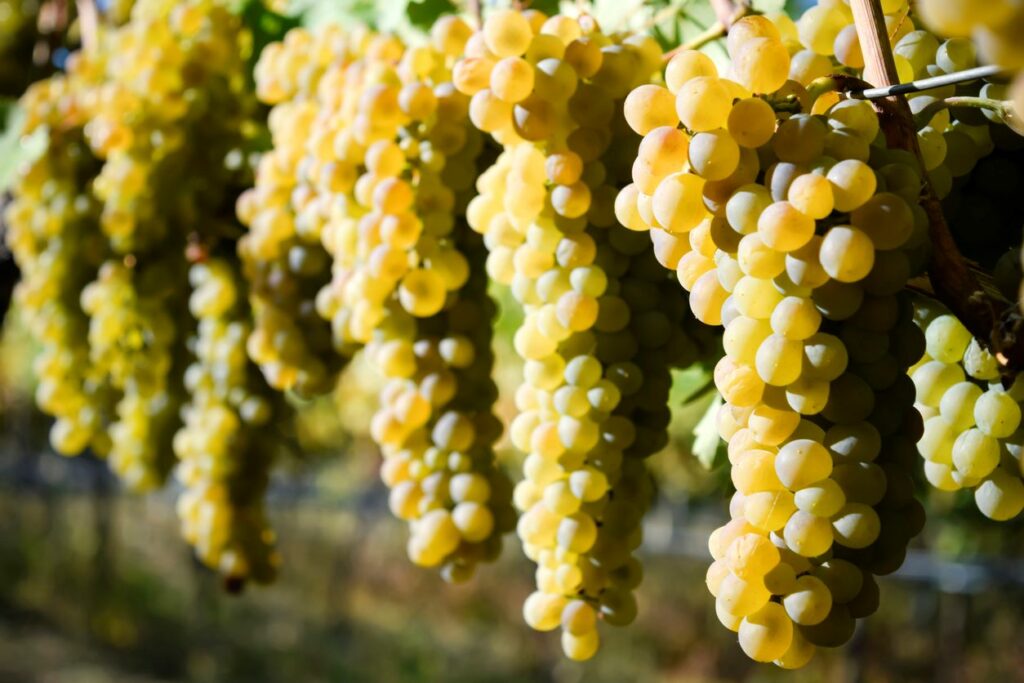
In conclusion, Arneis is a versatile and dynamic white grape variety. It exhibits a wide range of flavors depending on its growing conditions and blending partners. Whether enjoyed as a single varietal or part of a blend, Arneis offers an enriching experience for wine enthusiasts and casual drinkers alike.
Classification and Labeling
Arneis wine, originating from the Piedmont region of Italy, is classified under the esteemed Denominazione di Origine Controllata e Garantita (DOCG) and Denominazione di Origine Controllata (DOC) appellations. These classifications serve to ensure the quality, authenticity, and geographical origin of the wine.

The DOCG classification is the highest designation for Italian wines, emphasizing strict regulations and quality standards. To earn the Denominazione di Origine Controllata e Garantita label, Arneis wine must adhere to specific production rules. These are grape variety composition, regional boundaries, yield limits, and winemaking techniques. The enological practices are closely monitored. The finished wine is subject to both chemical and organoleptic testing before receiving the coveted DOCG seal.
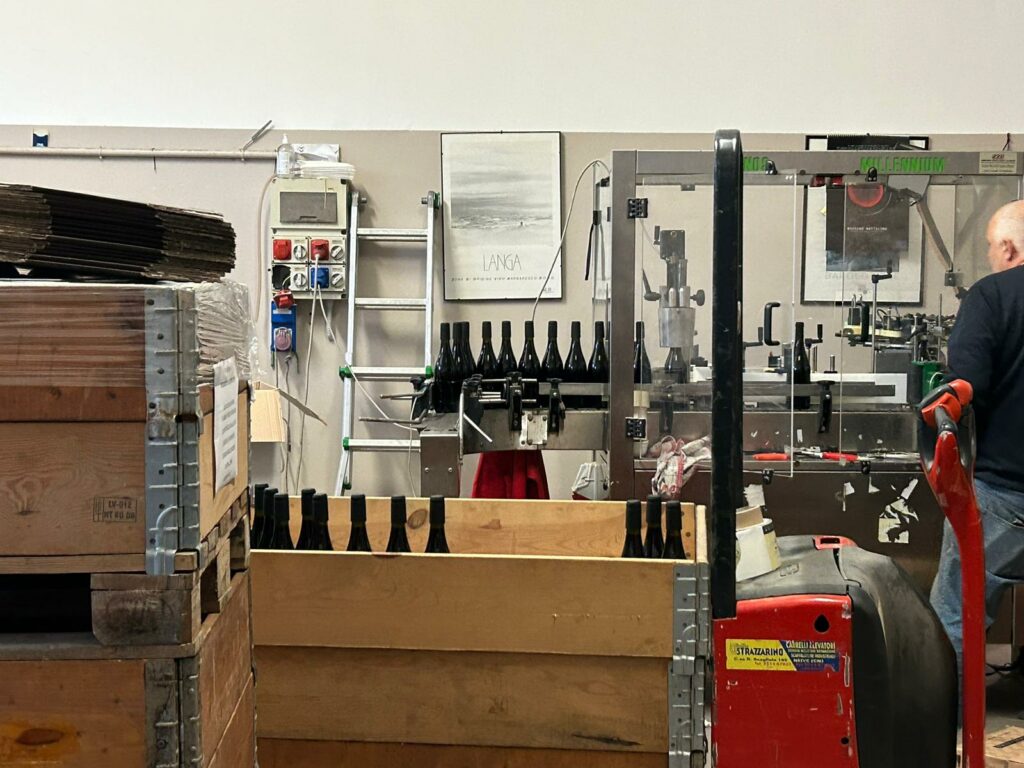
On the other hand, the DOC classification signifies a high-quality wine with regional origins. Denominazione di Origine Controllata wines may not have as stringent regulations as DOCG wines, but they still maintain a reputable standard. Arneis wines categorized under DOC undergo a rigorous production process, guaranteeing the preservation of traditional wine-making methods and accurate labeling.
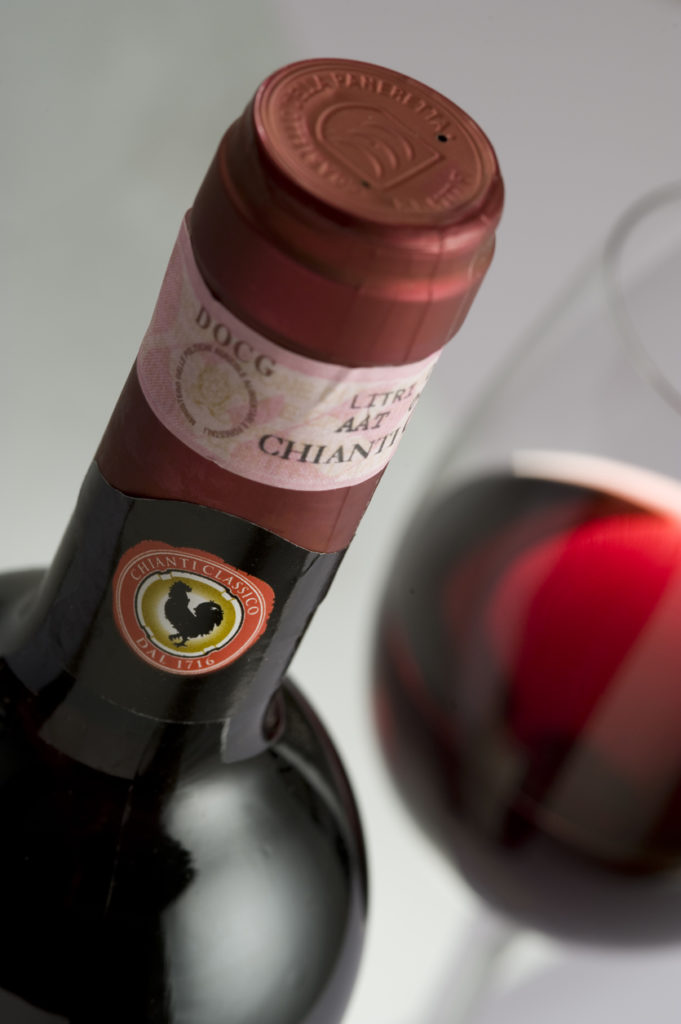
Consumers can identify the classification of Arneis wine by examining the label for the corresponding acronym, DOC or DOCG. It is usually accompanied by a numbered seal or band. This labeling system provides assurance to buyers that they are purchasing a genuine, high-quality product. It reflects the craftsmanship and terroir of the Piedmont region.
Pairing Arneis with Food
Arneis wine, originating from Italy’s Piedmont region, possess a unique flavor profile often described as crisp, floral, and slightly nutty. Due to its versatility, it pairs well with an array of dishes. When considering food pairings, one should choose lighter options to allow the wine’s subtle nuances to shine.

Seafood dishes, especially scallops, make an excellent choice for pairing with Arneis. The delicate, buttery flavor of scallops complements the wine’s crispness, creating a delightful harmony on the palate. Moreover, the combination allows the wine’s floral notes to enhance the overall dining experience.
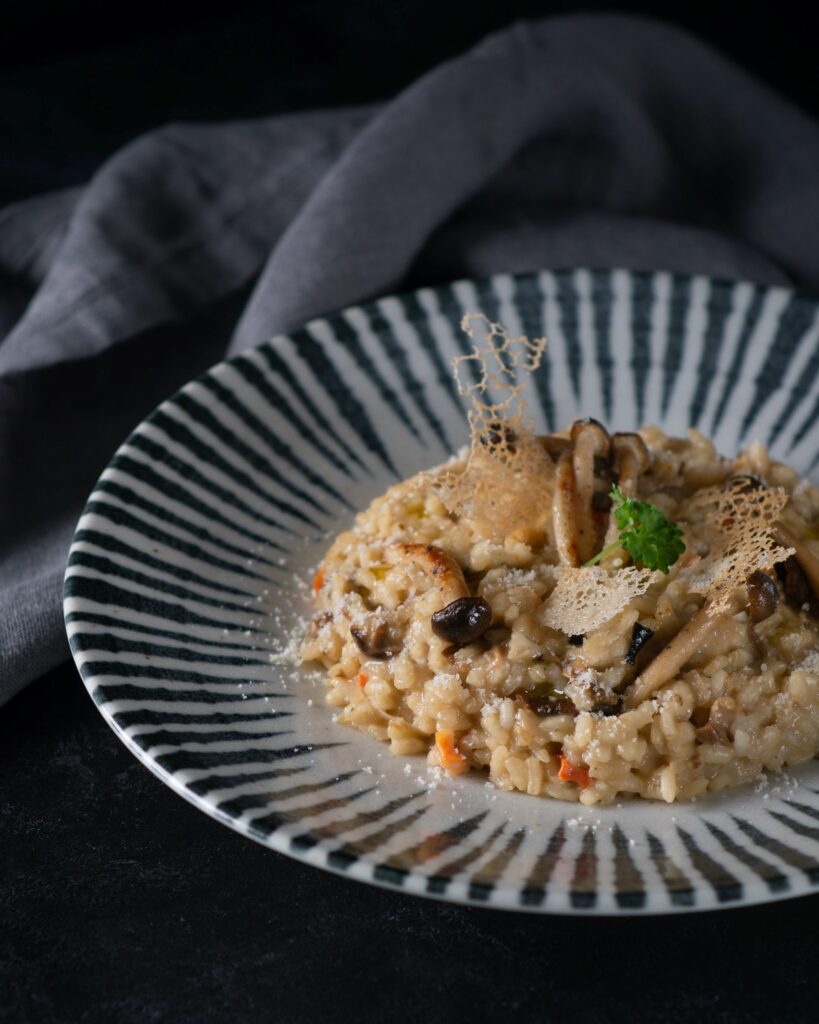
Utilizing herbs in dishes served with Arneis can also elevate the flavors of both the food and the wine. For instance, sage, with its slightly peppery and earthy taste, can bring out the wine’s fruity and floral undertones. A recommended pairing might consist of a simple dish like sage-infused risotto, which can highlight the complexities of the Arneis wine.
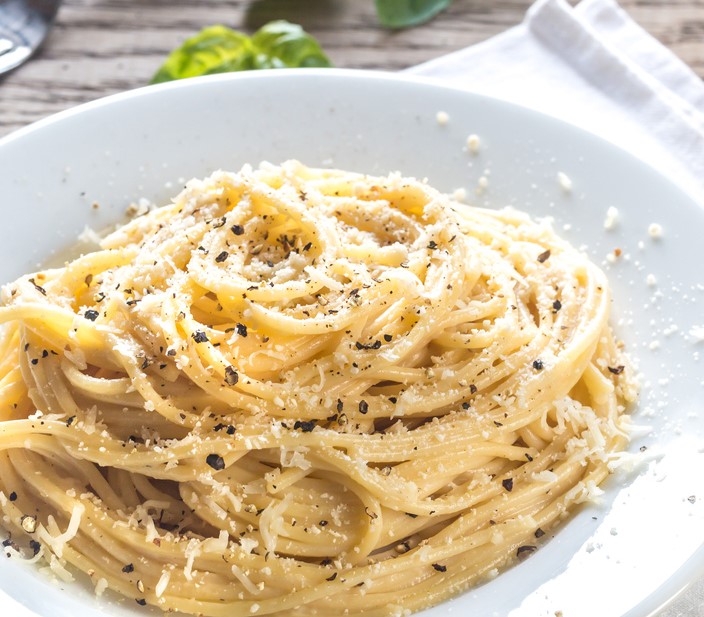
Lastly, vanilla can provide an intriguing twist when enjoyed with a glass of Arneis. Although a less traditional approach, incorporating subtle vanilla accents into a dish, such as a creamy dessert, can create an interesting juxtaposition. The aromatic essence of vanilla has the potential to emphasize the wine’s nutty characteristics and make for a surprisingly enjoyable pairing.
Arneis Wine in Popular Culture
Arneis wine holds a unique position in wine culture. Originating from the Barolo region in Barbaresco, Italy, this white wine has gained prominence due to its rich flavors and versatile food pairings. Its history in the region dates back to the 15th century. It has made a mark in the international wine scene for its distinctive characteristics.
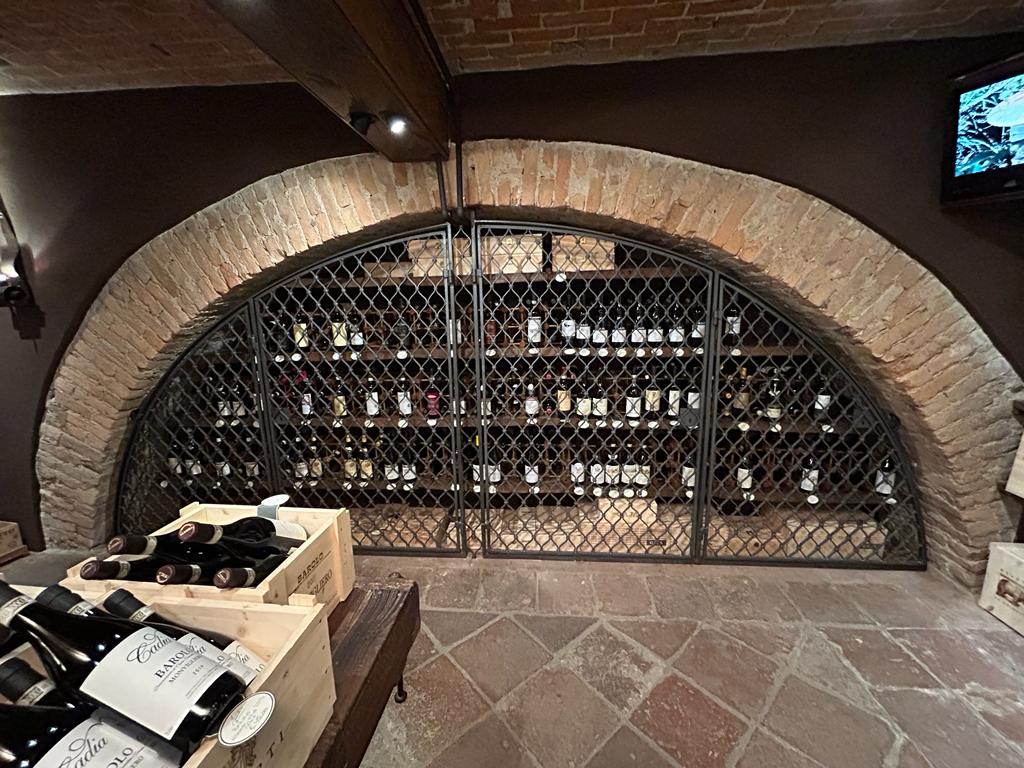
Barolo Region
In the Barolo region, Arneis grapes grow alongside the famous Nebbiolo variety. It produces well-known red wines such as Barbaresco and Barolo. These neighboring grapes share a connection that extends beyond the vineyards. Winemakers often have blended Arneis wine with Nebbiolo to create harmonious flavors. They add depth to the red wine and reduce the Arneis variety’s characteristic bitterness.

Movies and Arneis Wine
Arneis wine has earned a place in popular culture with its appearance in movies and literature. In cinematic works, the wine frequently plays a supporting role, often served at elegant dinner parties and sophisticated events. This further demonstrates its versatility and broad appeal, offering audiences a glimpse into the diverse tastes of the Barolo region.

Arneis Wine and Terroir
As Arneis wine continues to gain popularity, an increasing number of restaurants and wine bars include it in their offerings. Many sommeliers appreciate the wine for its unique expression of the Barbaresco terroir. This accessibility in the food and wine industry allows more people to experience and appreciate the complex flavors that Arneis has to offer.
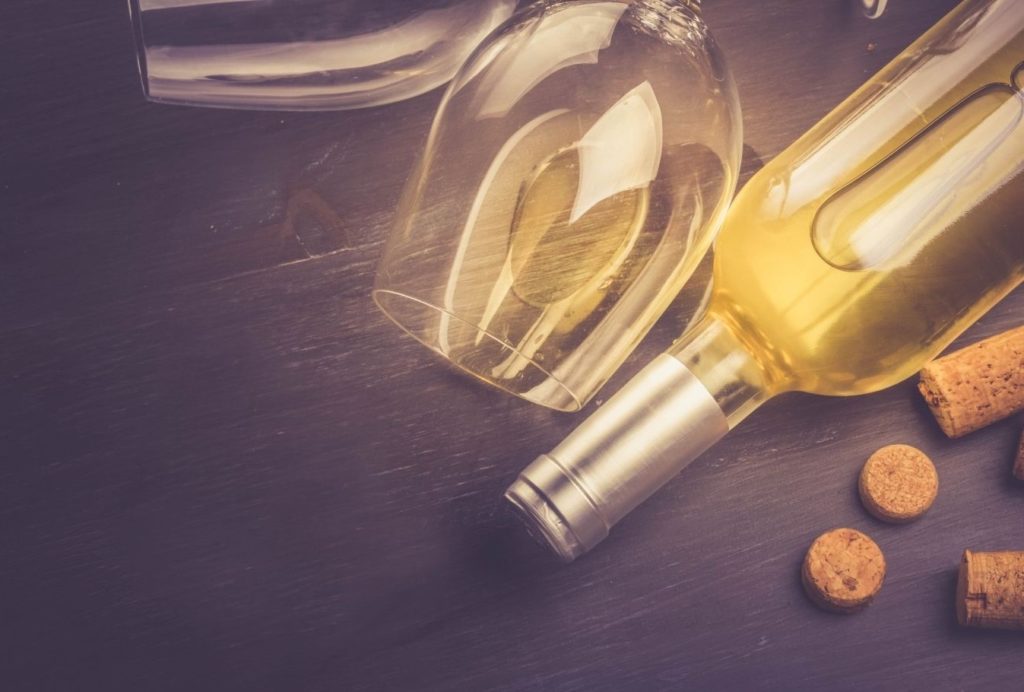
Conclusion
Extending its influence beyond Italy, Arneis wine has started to find a home in other wine-producing regions globally. Winemakers in places such as California and Australia have recently explored cultivating Arneis grapes. They seek to emulate the celebrated Italian-made version.
In summary, Arneis wine has become a recognized player in popular culture. Thanks to its rich history, delectable flavor profile, and burgeoning presence in the international wine market. As this captivating white wine grows in prominence, it continues to represent the heart of Barolo region’s heritage. At the same time earning a well-deserved position in the global wine scene.

